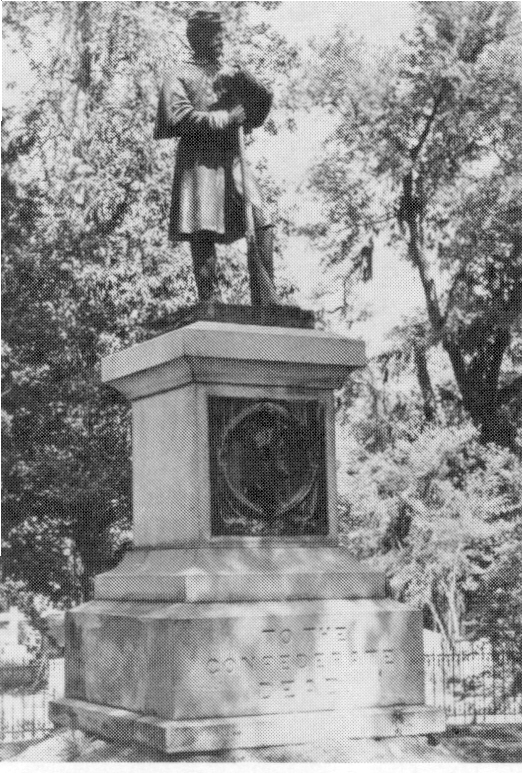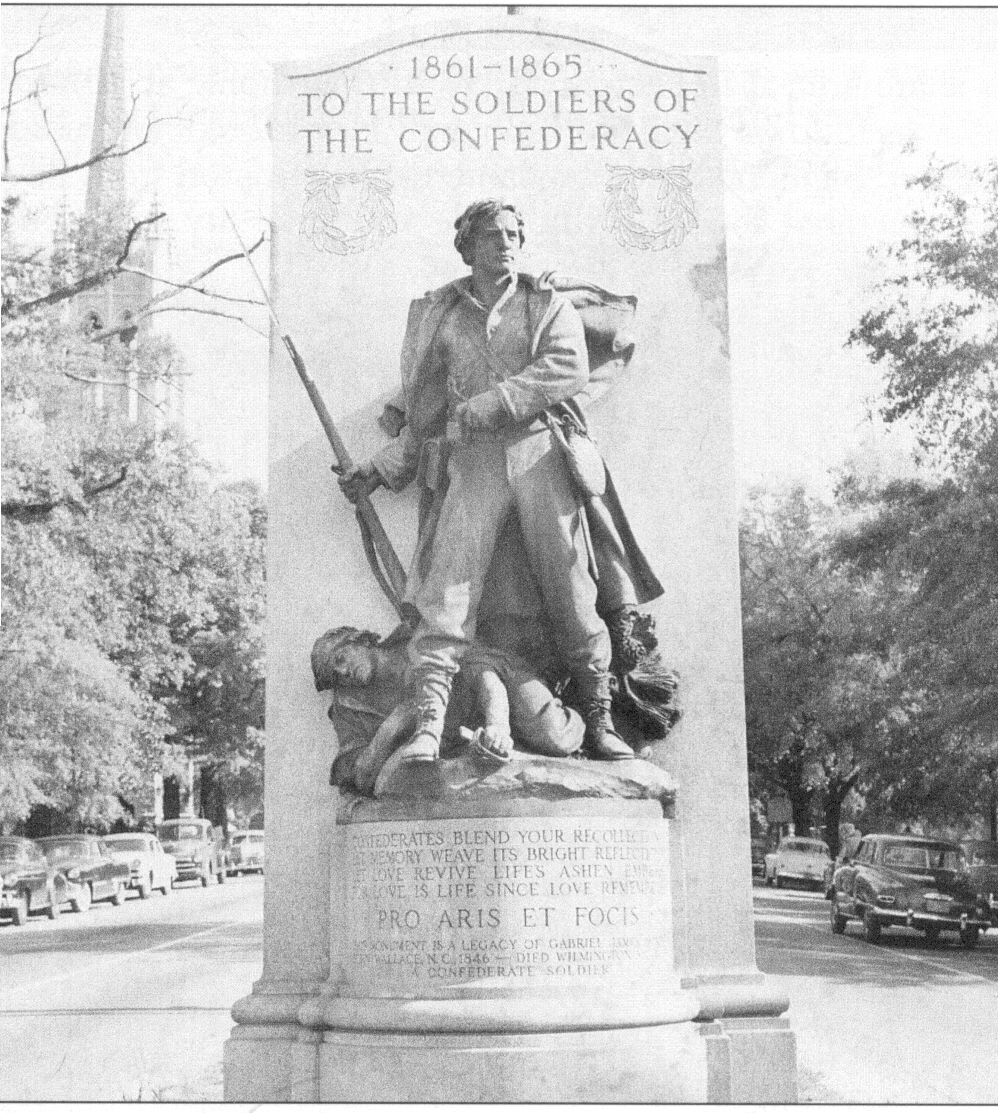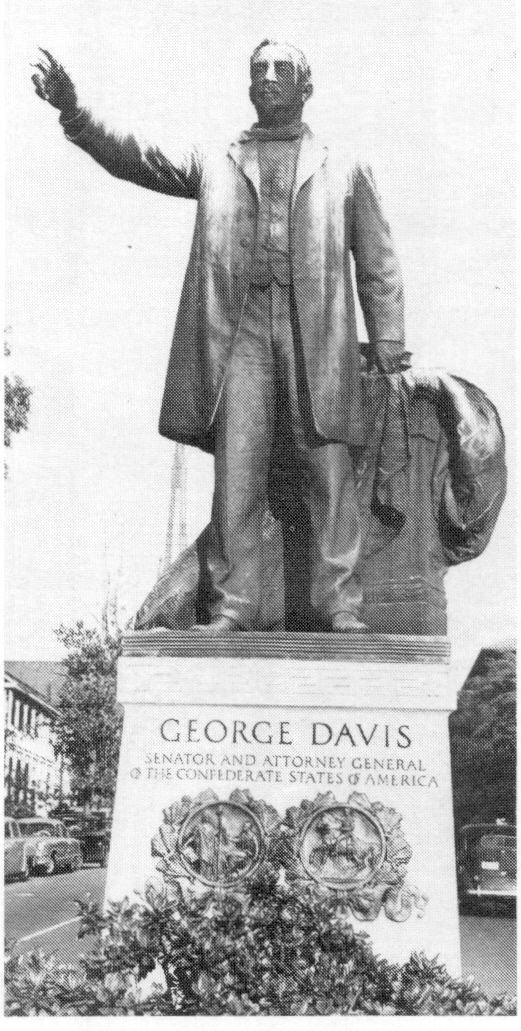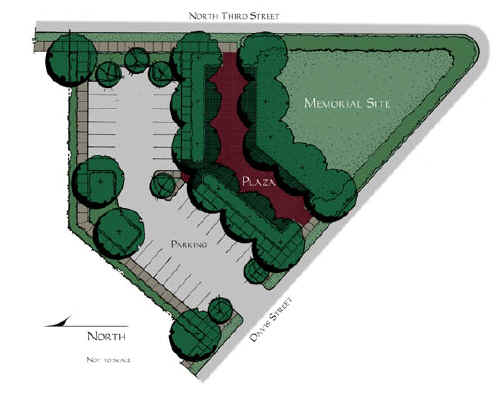Wilmington Tomorrow:
HONORING THE MEMORY
The process of transforming Wilmington from a racially exclusive to a racially inclusive city should include addressing the physical symbols which mark the city's history.
In Wilmington, as in many Southern cities, the public monuments which mark the city were erected after the Civil War, typically during the era of segregation, to commemorate the Old South and honor the Confederate dead. In Wilmington, such monuments are found at major intersections, and they are seen as historic landmarks.
These monuments, symbols of the "Lost Cause," embody a collective memory and sense of shared history. But the memory and community they honor is not inclusive of all of Wilmington's citizens.



Wilmington's post Civil War monuments honor
the "Lost Cause"
It is important to say: "We envision a different society, which does not look back to a exclusionary past, but to a better, inclusive future."
To this end, the 1898 Foundation has sponsored a drive to create a memorial to honor the victims of 1898 and other forgotten African Americans, who have made great contributions to Wilmington over the past century.
The memorial park would be located at the place where I-40 connects into the downtown, at the intersection of the future Smith Creek Partkay, U.S. Highway 421 and North Third Street at the nothern end of the downtown, near North 4th Street, historically the commercial hub of Wilmington's African American community, and nearby "Brooklyn," where so much of the racial violence occured a century ago.

Proposed design for the Memorial Park
The artist for the monument will be selected from by a panel of artists, art historians, and architects, to create a space for reflection and racial reconciliation. In the words of Marguerite Shaffer,
"By acknowledging this dark chapter in Wilmington's history and promoting reconciliation, healing, and hope, a memorial to the events of 1898 will replace the romanticized ideal of the Old South with a richer, more complex symbol. Unlike its counterparts, which look backward to lost causes, the 1898 Memorial promises to point the way to a more inclusive future."return to Table of Contents
Link to 7.4:
RESTORE
THE HOPE